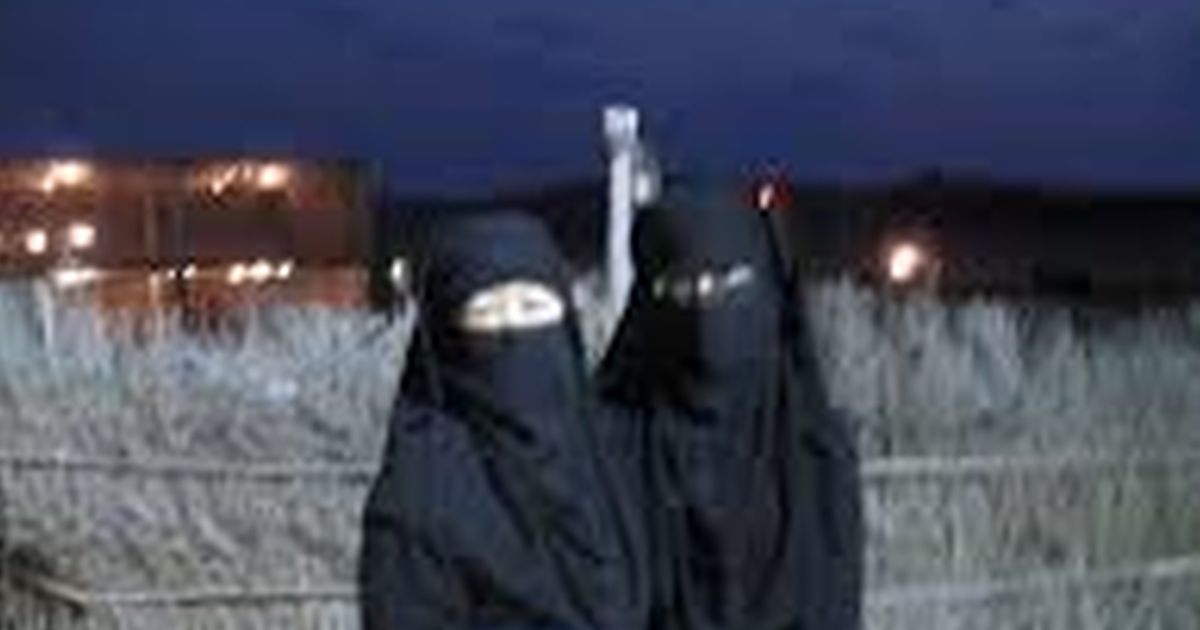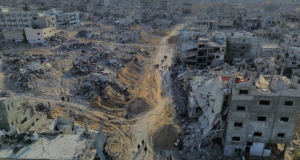 Gaza City, October 19 – An attempt to raise funds for Hamas’s military wing via the sale of a calendar featuring attractive Muslim women has produced poor results, a spokesman for the movement conceded today.
Gaza City, October 19 – An attempt to raise funds for Hamas’s military wing via the sale of a calendar featuring attractive Muslim women has produced poor results, a spokesman for the movement conceded today.
The “Babes of Hamas” pinup calendar was intended to support the cash-strapped organization in its efforts to rebuild its arsenal, tunnels, and logistical operations in the wake of a punishing war this past summer with Israel. However, the publication has sold anemically, forcing the organization to absorb tens thousands of dollars in expenses and to dispose of the hundreds of thousands of copies it had ordered several weeks ago.
The calendar features twelve wives and daughters of Hamas operatives, including those of senior Hamas officials, clad only in a full-body chador, hijab, and niqab, completely revealing their eyes. The photographs were taken at various romantic or scenic locations in the Gaza Strip early last month, such as the beach at sunset with a boatload of weapons being smuggled in the background, or in the cleaning products aisle of a well-stocked supermarket, to emphasize the privation caused by the Israeli blockade. As a bonus feature, the calendar also includes a life-size, fold-out poster of a well-oiled Kalashnikov automatic rifle completely uncovered, positioned such that its magazine intake socket is showing.
Hamas spokesman Ashudda Nohn told reporters that slow demand and difficulty in delivering the calendars in any significant quantities to the West Bank were both to blame for the paltry sales. “We may have overestimated the popularity of the genre in the Gaza Strip,” admitted Nohn. “And that’s weird, because despite the morality patrols and enforced separation of men and women in all sorts of venues, pornography consumption here is on par with anywhere else in the world.”
Analysts say they are not surprised at the lack of revenue from sales of the calendar. “The real action is in Syria and Iraq, where people can get actual women for just a few dollars in the areas under control of the Islamic State,” says Hugh Mantraffy-King, who studies societal developments in the region. “Who’s going to plunk down forty shekels for a few photos when you can get the real thing just a few hundred kilometers to the north for a only slightly more?” Forty shekels equals about 12 US dollars. Christian, Kurdish, and Yazidi women are available for purchase as sex slaves in IS-controlled areas for as little as ten dollars, but transportation and smuggling fees add to the total.
Hamas had hoped that robust sales would take place in the West Bank, where the movement is gaining in popularity, but the competition from the women of IS and the insistence of Fatah border-control officials on hefty bribes to allow the shipments through spelled the venture’s commercial doom.
The financial impact of the entrepreneurial failure is unclear, as international donors have pledged $5.4 billion to rebuild Gaza’s damaged infrastructure. and Hamas is sure to siphon some of that amount for its own military purposes. However, much of that money will be earmarked for specific projects, limiting the funds available for outright misappropriation.
On the other hand, the unity government with Fatah gives Hamas easier access to numerous officials with ample embezzlement experience, and those Fatah figures will in all likelihood be more than happy to share their expertise with Hamas for a cut of the proceeds.




